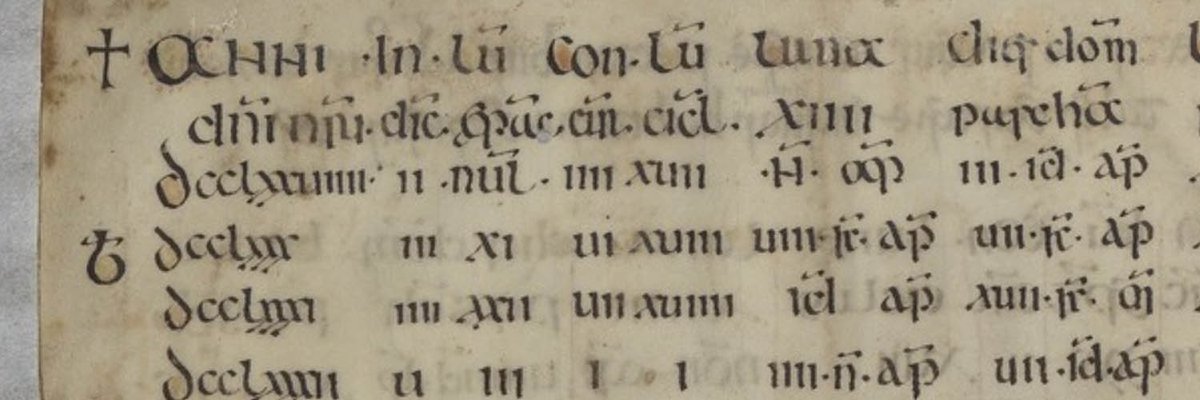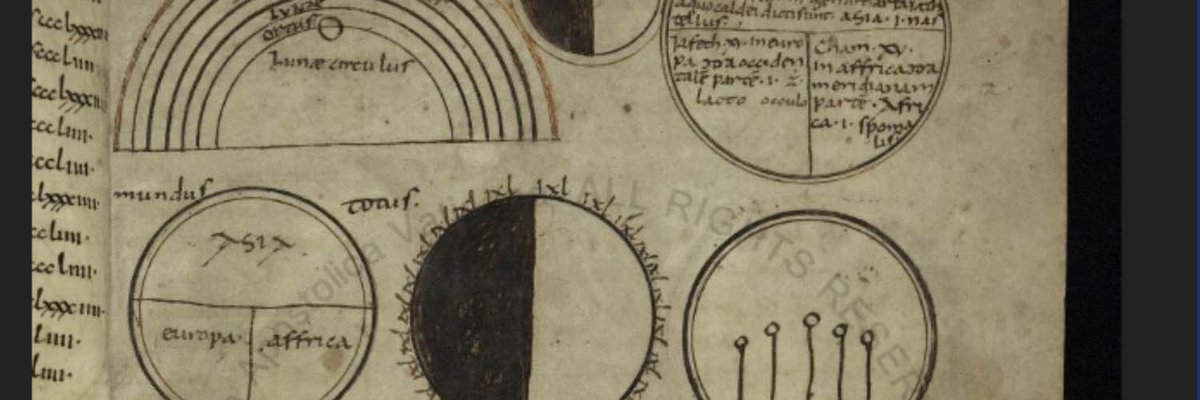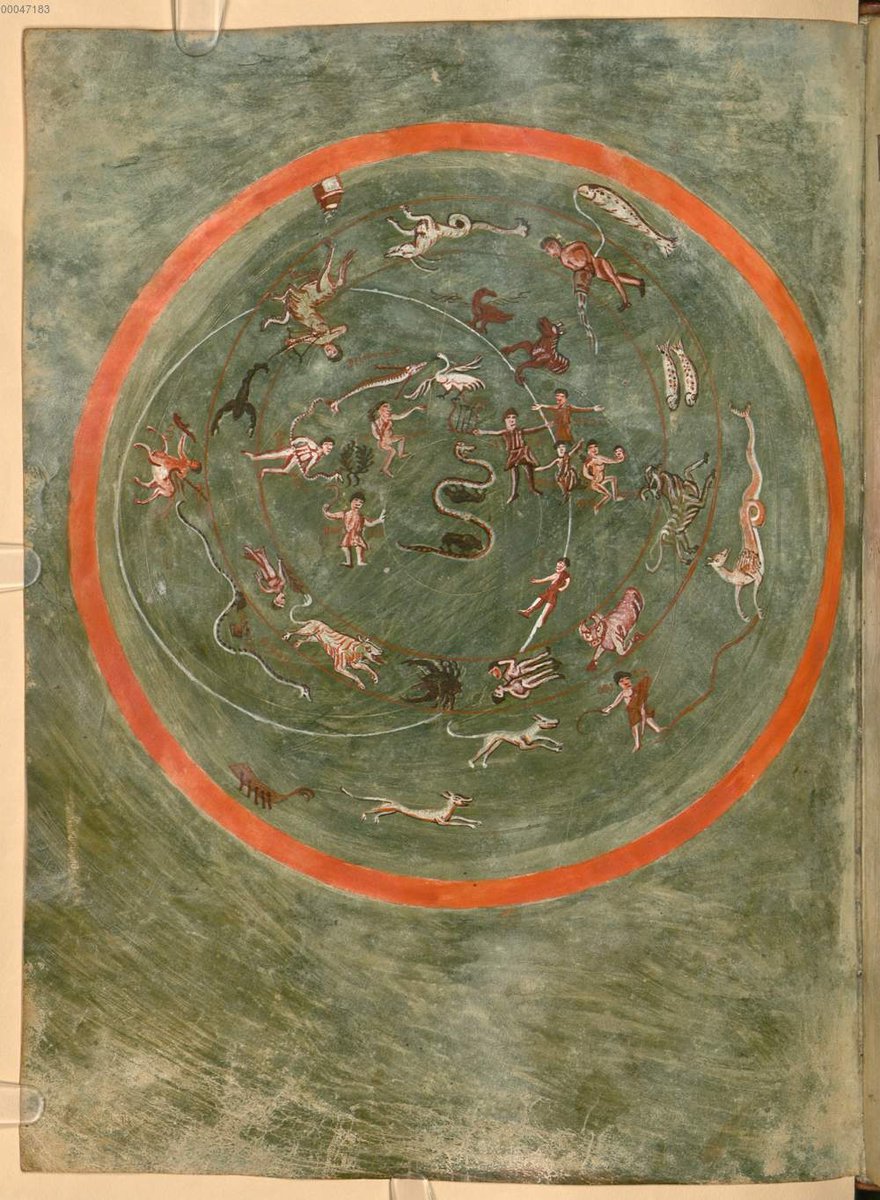The date of Easter moves each year. Why? Because Christ died at Passover. Passover is determined by the full moon of the Hebrew month of Nisan. The Hebrew calendar, unlike the Roman calendar, follows the moon. /2
The full moon also has to fall after the vernal equinox to symbolise the triumph of light over dark. That means you have to compare the course of the sun and the moon. Easy to observe but a pain to calculate in advance as lunar year is roughly 11 days shorter than a solar year./3
Lent meant that Christians could not leave it as an observation. They needed to start Lent at the right time, well in advance of the full moon. Also, to keep Easter and Passover separate, they moved Easter to the Sunday after the full moon (see Nicaea 325). /4
The most popular+accurate calculation of the moon’s course was a repeating 19-year cycle of dates calculated in Alexandria. Not that 19 lunar years simply map onto 19 solar years: you have to artificially add 7 lunar months, and jump a day at the end, but then it about works. /5
Now the calendar was more artificial mathematical model than description of the year. And taking the adjustment to Sundays into account, the full Easter cycle was 532 years long – but most copies were only partial, so people had to extend their own. They needed decent maths. /6
To add further complication there were competing models. Differences between Latin + Alexandrian calculations caused great upset in the fifth century, and further clashes between tables led to the famous Synod of Whitby in 664. Clashes = real debate and a lot of texts! /7
Debating the mathematical regularity of time became more than a debate about the calendar. Understanding conjunctions of sun+moon explained eclipses. The course of the moon explained tides. It all showed the rationality of Creation. Nature was more than miracles and surprises. /8
Early medieval libraries compiled the data they could. Manuscripts on the calendar included or sat alongside works of astronomy, geometry, medicine, and natural history – whether written by Christians or non-Christians. ‘Hard science’ may have been ltd, but curiosity was high. /9
This is the context for some of the famous images of early medieval encyclopaedias – deluxe celebrations of learning and order. But there were 100s of more modest ones. Every church, every monastery, needed at least basic tables for Easter, and often had more. /10
None of this meant there was Modern Science. But it also did not mean all people merrily accepted ignorance+superstition. The quirkiness of the Easter calculation ensured many people did maths + astronomy and thought about their implications for understanding laws of nature. /11
And that is why Easter was at the heart of early medieval science – a body of thought that embraced reason in interesting ways even if its goals, methods + sensibilities were different to those of modern science. /fin

 Read on Twitter
Read on Twitter






